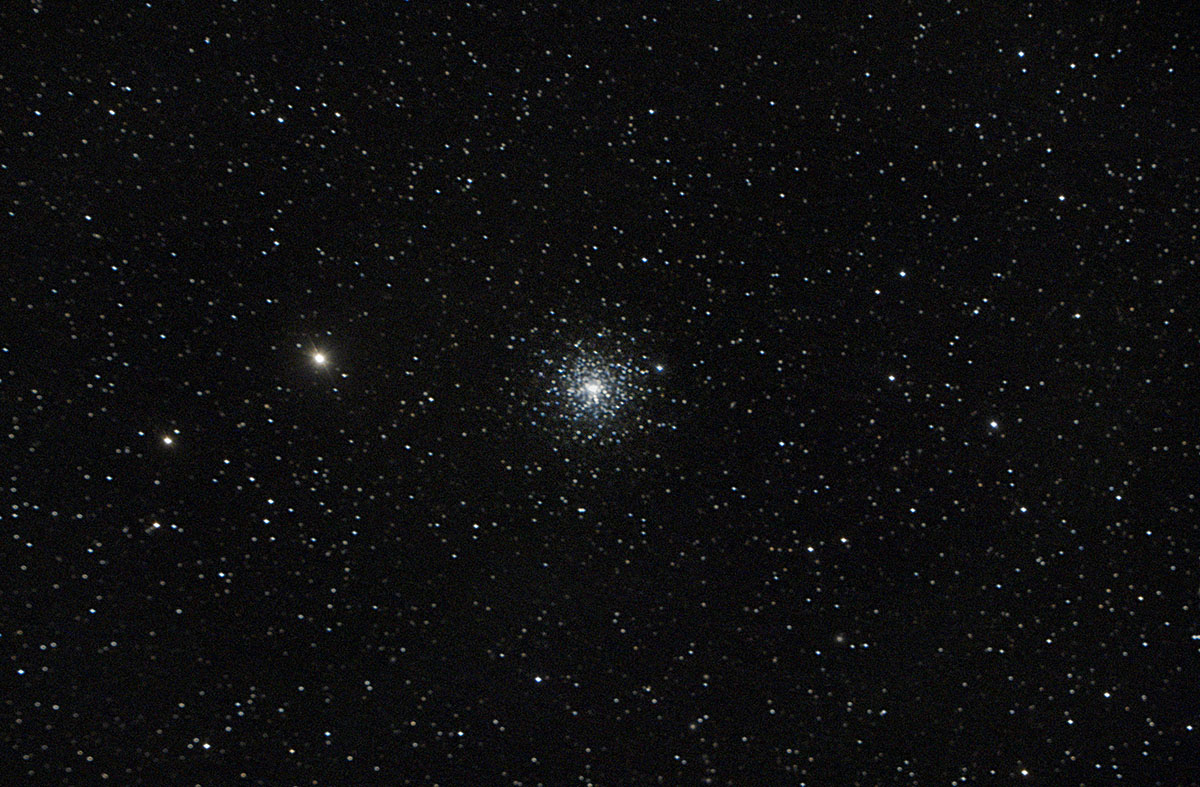
M30 (NGC 7099)
Apparent Magnitude: 7.7
Distance Aprox: 27,140 light-years
Constellation: Capricornus
Diameter: 93 light-years
Messier 30 is invisible to the naked eye, but can easily be seen in 10×50 binoculars. The best time of year to observe M30 is in the summer months. It is a class V globular cluster, which makes it fairly dense, and has an overall spectral type F3. The M30 cluster has passed through a dynamic process called core collapse and now has a concentration of mass at its core of about a million times the Sun's mass per cubic parsec. This makes it one of the highest density regions in the Milky Way galaxy. Stars in such close proximity will experience a high rate of interactions that can create binary star systems, as well as a type of star called a blue straggler that is formed by mass transfer.
Taken 9/8/18 in Agawna Bay Lake Superior Provential Park, Canada by Russell Kille on a CPC 1100 with Hyperstar @ F2 and ZWO ASI294MC Pro camera